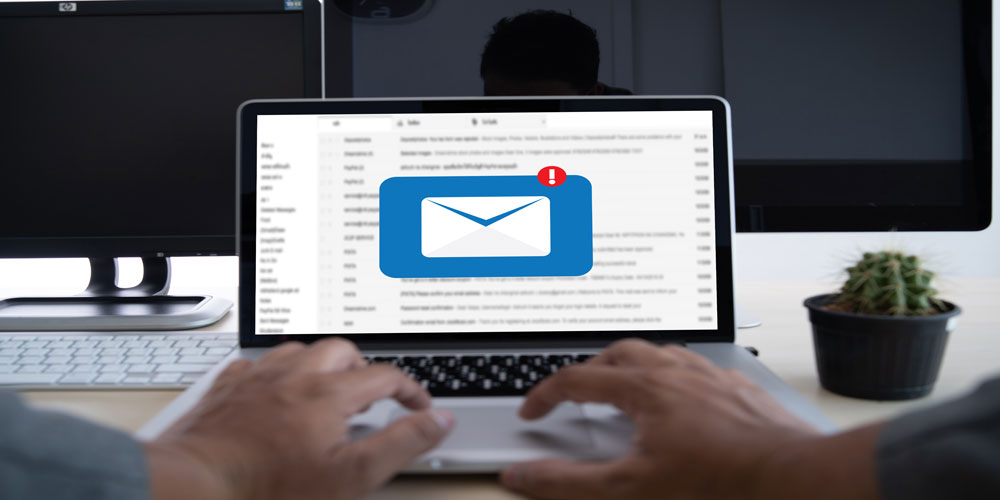Why Timing Matters in Your Emailing Campaign
You’ve nailed your subject line. Your email is personalised, persuasive, and includes a strong call to action. But if it lands in your recipient’s inbox at the wrong time, all that effort might go unnoticed.
Timing isn’t just a detail in cold email campaigns — it’s a strategic pillar. When you send matters just as much as what you send. And the right timing can be the difference between getting ghosted and getting a reply. Let’s explore how to master timing so your cold emails hit when they’ll be most effective.
Why Timing Matters in Cold Emailing
Cold emails aren’t read in a vacuum. They’re scanned (or skipped) depending on your recipient’s daily rhythms, workload, and attention span. The science is clear: emails sent at the right time are more likely to be opened, read, and responded to.
The Psychology of Email Checking
Most professionals check their email at predictable times, first thing in the morning, after lunch, and right before wrapping up their workday. Catching your recipient during these moments increases the odds they’ll actually see (and act on) your message.
Timing your email to arrive during these high-attention periods, especially in the morning, puts you at the top of their inbox when they’re most receptive to new information.
What the Data Says About the Best Send Times
Analysis of millions of cold emails shows clear response patterns tied to specific times of day:
- Mid-morning (9–11 AM): The sweet spot. Professionals are alert, have cleared early morning clutter, and are ready to tackle new tasks.
- Early afternoon (1–2 PM): A secondary window of productivity before the afternoon slump kicks in.
- After 4 PM: Responses drop dramatically. By this point, most people are wrapping up and less likely to engage.
Morning Wins: 8–10 AM
Cold emails sent during this time consistently perform best. Professionals are just getting started with their day and typically begin by checking their inbox, giving your message prime real estate at the top.
Afternoon Windows: 1–2 PM
While not as powerful as mornings, the early afternoon presents a valuable opportunity, especially if you miss the morning window. Recipients are often refreshed from lunch and catching up on messages.
Evening Sends: A Risky Bet
Late-day emails often get pushed aside, forgotten, or buried overnight. Unless you’re experimenting with unconventional strategies, it’s best to avoid sending your emails after 4 PM.
Best Days to Send Cold Emails
Just like timing, the day of the week also plays a role in cold email success.
Top Performers: Tuesday and Wednesday
These midweek days consistently yield the highest open and response rates. People have settled into their weekly workflow and are more open to engaging with outreach.
Why Monday Isn’t Ideal
Contrary to popular belief, Monday isn’t a great time to send emails. Inboxes are often flooded from the weekend, and recipients are focused on prioritizing their week, not responding to strangers.
Friday: An Underrated Opportunity
While engagement is generally lower on Fridays, it can be a smart choice for casual outreach or relationship-building emails. People may be in a better mood and more receptive to light-touch messages as the weekend approaches.
Using Cold Email Software to Perfect Your Timing
Modern cold email tools take a lot of the guesswork out of timing by offering automation and optimization features designed to increase engagement.
AI-Powered Send-Time Optimisation
Advanced tools analyse recipient behaviour, like open history and time zone, to send emails when your prospect is most likely to engage. These platforms can dynamically adjust send times based on individual behaviour, not just general trends.
A/B Testing Different Send Times
The best cold email platforms allow you to test different times and compare results. By running time-based split tests, you can identify what works best for your unique audience, rather than relying solely on industry benchmarks.
Time Zone Targeting
If you’re emailing across regions or countries, make sure your emails are sent during your recipient’s local work hours. Time zone detection and auto-adjustments can significantly improve international response rates.
Creating a Testing and Optimisation Strategy
Finding the perfect send time for your emails is not a one-time project, it’s a continuous process of testing, measuring, and refining.
Start With Controlled Tests
Segment your list and experiment with different send times. Keep all other variables (like subject line and email copy) the same to ensure your data reflects timing, not content differences.
Measure What Really Matters
Open rates are helpful, but they don’t tell the whole story. Pay attention to reply rates, meeting bookings, and other engagement metrics that indicate true interest and potential conversions.
Review and Refine Quarterly
As work habits shift, due to seasons, holidays, or even industry changes, your audience’s behaviour will too. Revisit your email timing strategy every few months to stay ahead of the curve.
FAQs
What is the 30/30/50 rule in cold emailing?
It suggests focusing 30% of your effort on personalized subject lines, 30% on deliverability, and 50% on follow-ups to maximize response rates.
What time of day should I send cold emails?
Aim for 9–11 AM or 1–2 PM in your recipient’s time zone. These windows consistently show higher open and reply rates.
How do I get more replies from cold emails?
10 Tips to Boost Cold Email Responses:
- Know your audience
- Use a compelling subject line
- Keep it short and direct
- Personalise your message
- Include a clear CTA
- Emphasize your value
- Follow up strategically
- Show social proof or case studies
- Use professional email tools
- Send at the right time
Timing Is a Lever, Not a Crutch
You can have the perfect timing, but if your message lacks clarity, personalisation, or relevance, it won’t convert. Think of timing as a multiplier, it amplifies a well-crafted message but can’t rescue a weak one.
When you combine smart scheduling with compelling copy and automation tools, you put yourself in the best possible position to succeed.
